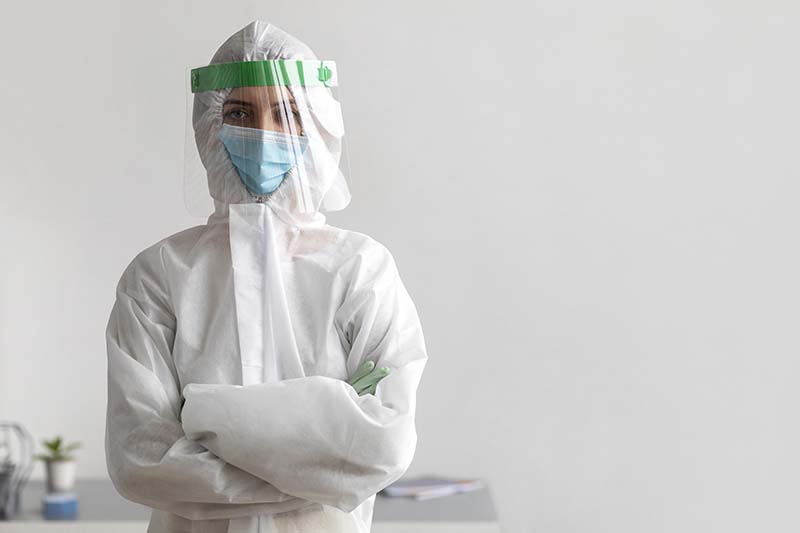When the COVID-19 pandemic broke out, we all became familiar with the assertion that we were “living in unprecedented times”. This peremptory statement began common so swiftly that it was bordering on a cliché (so much so, that I must confess to have made use of it too).
Nevertheless, a global pandemic is not an unprecedented event and, while devastating by almost any measure, the emergence and spread of infectious diseases with pandemic potential occurred regularly throughout history. When it happened in the past, once the dramatic phase was passed, numerous innovations found their way to the market. It is in fact known to most, that in the Chinese language, the word “crisis” is composed of two characters, one representing “danger” and the other, “opportunity”.
While it is too early to assess the long-term impact and to foresee the future shape of the food processing industry, some trends are already clearly visible.
Automation
The COVID-19 pandemic gave food processors a strong motivation to consider automation, in many cases accelerating preexisting trends. Many of these technologies are not only labor replacing (due to the challenge of workers getting sick while operating along the process) but they are enhancing efficiency and quality. Therefore, even if the implementation of automated solutions started as an immediate need to overcome unexpected challenges, processors are shifting focus from surviving to thriving by understanding first-hand the benefits.
Since several automation solutions (like robotics and A.I.) are utilized to handle routine and often dangerous tasks, this will result in safer operational environments for the workers.
Food Safety
While it is evident that COVID-19 is not a foodborne disease, food processors need to reassure their customers more than ever. Since Food Safety is the result of many different actions in the supply chain, the pandemic confirmed the strong need for more responsive and data-driven approaches to ensure a strong and resilient food system.
On the sanitation side, before COVID-19, many industries defined the process basing it on the cleanliness of manufacturing and processing equipment. The requirements have been redefined to consider how well an environment might prevent the spread of pathogens. New technologies (such as UV sterilization and progressive methods of sterilizing the airflow) are now being considered because of the pandemic.
AI and IIoT
Although the current situation has led to the development of specific solutions (for instance to perform temperature checks or ensure workers have their PPE), Artificial Intelligence will assist on a very large range of applications. In fact, A.I. allows to get to the root of a problem way faster than humans do in multiple applications within food processing, comparing dozens of variables on a given process to correlate them with deviances that lead to product defects.A.I. and IIoT (the Industrial Internet of Things) combined will offer new outlooks for equipment control and maintenance, reducing human intervention while allowing real-time monitoring. Until now significant investment requirements have been the limiting factor in adopting these solutions. At the same time a technology and data driven industry will bring in new talents, to deliver the innovations needed to sustainably feed billions for years to come.
Traceability
In the coming years, we will see an extensive adoption of digital technologies (for instance Blockchain) in food traceability practice. This is driven by the need of food processors to implement the recommendations within the FDA new era of Smarter Food Safety blueprint. Furthermore, the way consumers approach their purchases of food will never be the same again. Traceability expectations along the supply chain (for instance understanding where farm fresh produce is coming from) were already on the rise well before the outbreak, which simply accelerated the trend. By adopting advanced traceability solutions, companies can easily collect and store data on every aspect of the process, guaranteeing a safe product for the consumers.
Despite new variants, the current pandemic will not last forever and the most important lesson we need to learn is to be ready with appropriate responses to future massive disruptions in the industry. Processors are given an extra incentive to go farther along the path they have already taken, implementing new safety ideas and innovations that are surfacing. This will result in finding opportunities to reduce costs, control risks or gain a competitive advantage. If a new pandemic occurs (and unfortunately chances are pretty high) applying these new measures and solutions especially in the automation field, will guarantee the processors their own “vaccination” protocol.
